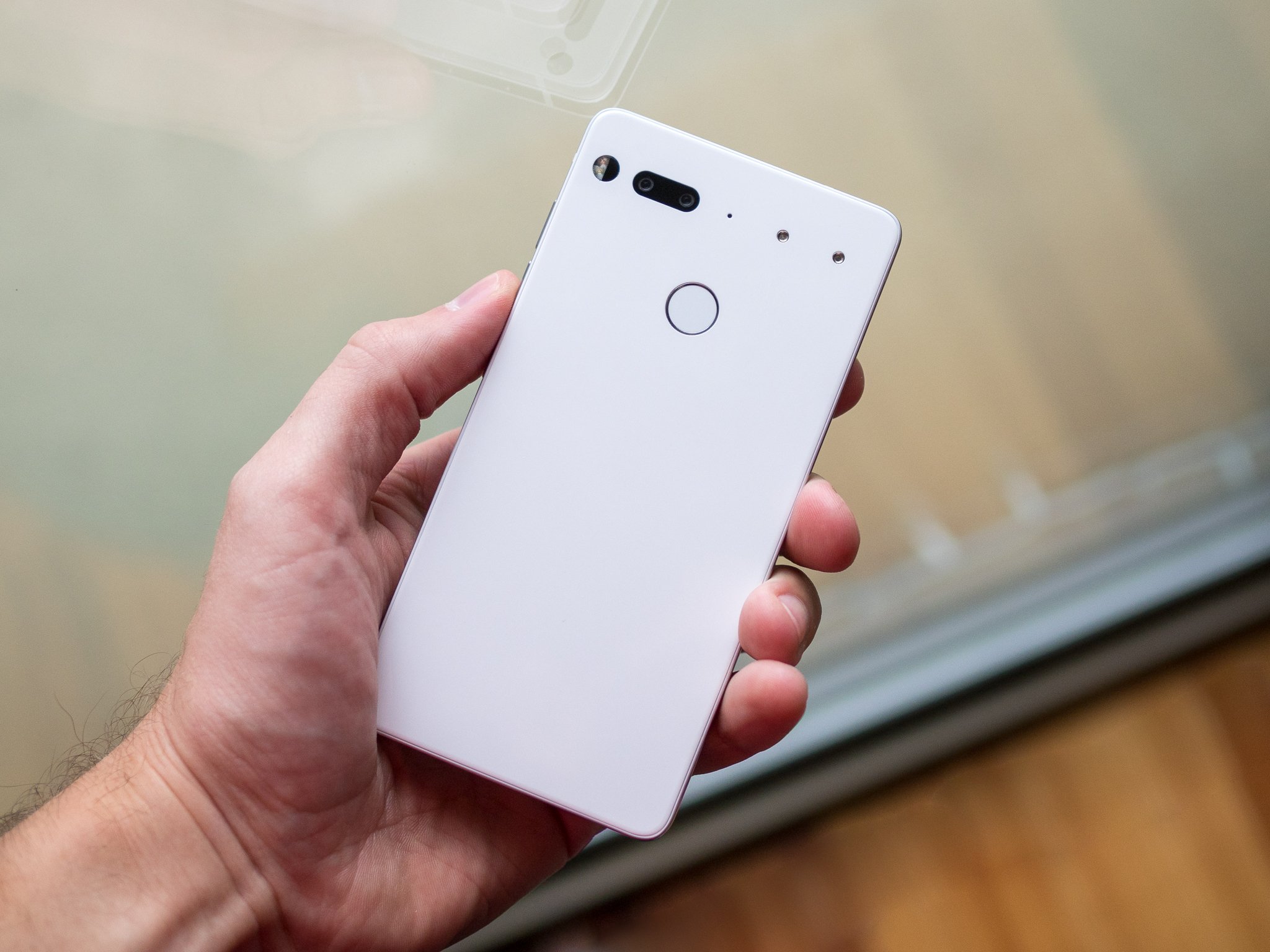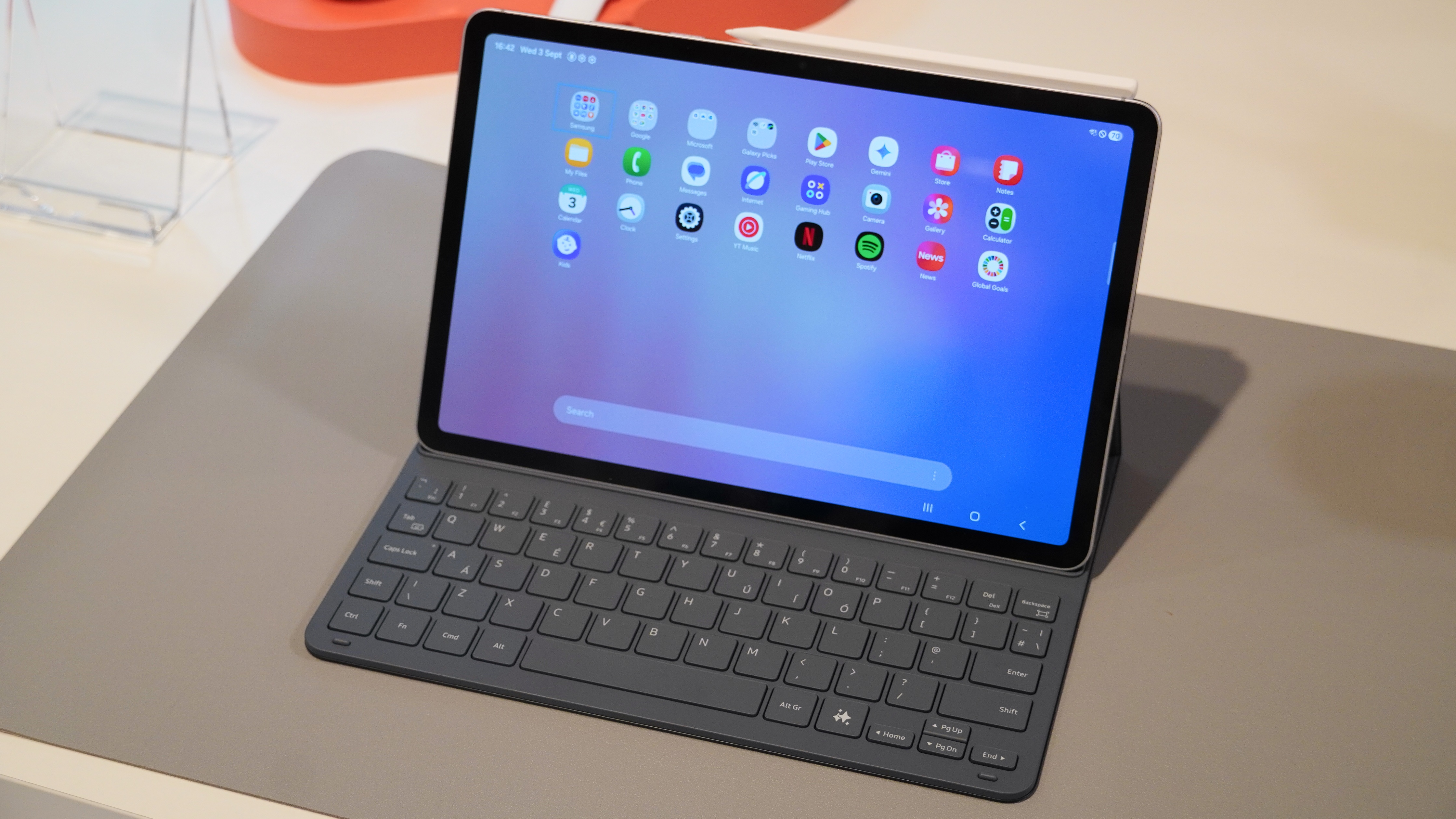With big money and big names involved, Essential was a deserved recipient of intrigue when it launched as a company with the promise of a great Android phone (and so much more). Weeks later, I wrote my original review of the Essential Phone in mid-August, and followed it up after a couple software updates with a definitive review on August 28. Even then, it clearly wasn't a finished product; beta, at best. Dozens of reviews and weak sales numbers reflected that. Weeks later, I was already asking how much longer we would wait for Essential to "figure it out" with updates and accessories to make it a serious player without a series of caveats.
And now, at the end of December, over four months after my first review, some of the parameters have thankfully changed. Like a permanent $200 price drop to just $499, a couple dozen notable software upgrades, and the release of its 360-degree camera attachment. But even though the enthusiast perspective of the Essential Phone has improved over time as people have seen a mountain of software updates released, I somehow still have most of the same questions and head-shaking moments using it today as I did four months earlier.
The question still stands, though, as to whether the Essential Phone, with a large price cut and notable software improvements, is now good enough to warrant looking at it in ways that it so clearly wasn't at launch. I'm here to let you know.
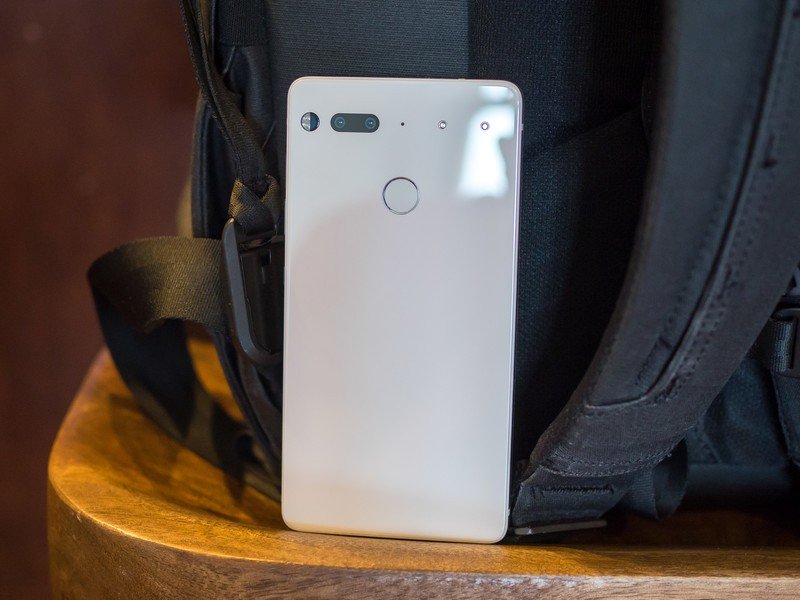
Hardware is the saving grace
Essential Phone What I still love
The one (big) part of the Essential Phone that has aged well, but to be honest didn't really need any improvement in the first place, is the design and execution of the hardware. The ceramic back isn't completely impervious to scratches, but it sure is durable. And when it's perfectly mated to a titanium frame like this, you get a heft in your hand like something that's truly expensive and finely crafted. All of the flat planes and tightly cut edges are pristine on the same level as any high-end phone out there, but the Essential Phone still manages to be friendly to hold thanks to its strategically curved edges and relatively small dimensions for a modern phone.
This is an excellent design at any price, and it's executed perfectly.
And that brings us to one of the Essential Phone's key features, the display. Or, rather, the size and shape of the display and its bezels. This was "the notch" people talked about before Apple released the iPhone X, and it enables the Essential Phone to have a surprisingly large 5.7-inch display that's comfortable to use in one hand. Aside from some occasional app quirks with a taller-than-usual status bar that covers the notch, I don't notice that front-facing camera at all. I never feel like it's in the way or hindering my ability to see things, particularly as that area just blacks out when viewing full-screen video. It's extremely well handled.
Get the latest news from Android Central, your trusted companion in the world of Android
Design and quality-wise, this is a ridiculous value for $499. It feels every bit a phone that used to be $699, and can easily go toe-to-toe with the rest of the flagship market in terms of raw quality and feel. Sure there are a couple odd quirks like the lack of a headphone jack, lack of waterproofing and an oddly rattly vibration motor, but the overall execution of the hardware aside from these little details is immaculate. Of course, it can easily be argued that those details do matter, but that's a different discussion altogether.
We can't forget the packed spec sheet, and battery life is good despite the average-sized capacity.
Along the same lines, Essential has a seriously spec-packed phone for this new lower price. It has everything inside it needs to perform well, basically matching the specs Google has in the Pixel 2. As I'll get to below, Essential simply doesn't execute with those tools — except in one area, which is battery life. 3040mAh definitely gets the job done with the Essential Phone, leaving me with power in the tank at the end of the day. Aside from a day where bad cell signal really destroyed the battery, I can't recall a time when the Essential Phone called it quits before I expected it to.
Since we're following a theme of great ideas that have poor executions, let me also mention that I seriously appreciate Essential's approach to software. It's bare-bones out of the box, and I like it that way! A simple interface, a lock screen that works well, no unnecessary bundled apps and very few unnecessary visual changes. Sure I wish Essential could work up a better ambient display, and the camera app is still a disaster (again, more below) but in general this is a fantastic way to do software when you're a small company that doesn't have the people or time to spend a ton of customization that in the end actually offers little value.
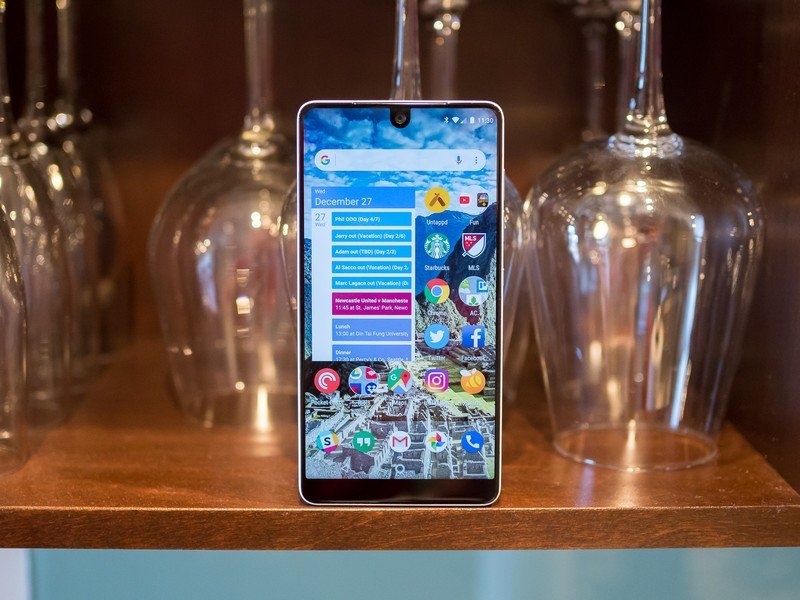
Software struggles
Essential Phone What I don't like
Aside from the hardware, every other aspect of my Essential Phone experience has been about frustration. Mostly, it boils down to horrendous software stability and performance. Despite dozens of updates and the anecdotes you may have seen that indicate performance issues have been "fixed," it most certainly hasn't. The Essential Phone is handily outperformed by a Moto G5, and that's just unacceptable — at $699, for sure, but at $499 as well.
Four or five years ago, Android phones were slow and unstable like this. But not today.
It all starts with just general app instability. Apps crash — a lot. More than I've experienced on any other phone. They freeze, stutter, lock up and force close. Sometimes you tap an app to open it, and nothing happens for multiple seconds. When an app calls up another one through a share action, it takes the same egregious delay. Sometimes apps open and switch just fine, but then randomly slow down to a crawl with inordinately long splash screens or loading animations. And it isn't tied to just one app, it's all apps.
The app issues seem to come as a result of general system instability that I haven't seen in a high-end phone in years. Touch response is very slow, making everything simply feel sluggish as you tap and scroll around every day. The phone will often struggle to open or close the camera and can fail to save photos if you close the camera too quickly. I've had the entire phone go unresponsive for several minutes and require a force reboot (hold the power button for ~15 seconds) multiple times.
Let's expand on that camera point. Because Essential does deserve some praise for dramatically improving both the performance of the camera app and the overall quality of its photo output since I first looked at the phone. But you have to understand just how downright horrible the camera was at the start ... there was nowhere to go but up. Still, a few months and several updates later I'm actually able to take some good photos with the Essential Phone, and that's great to see. Here are some examples of what it's capable of:

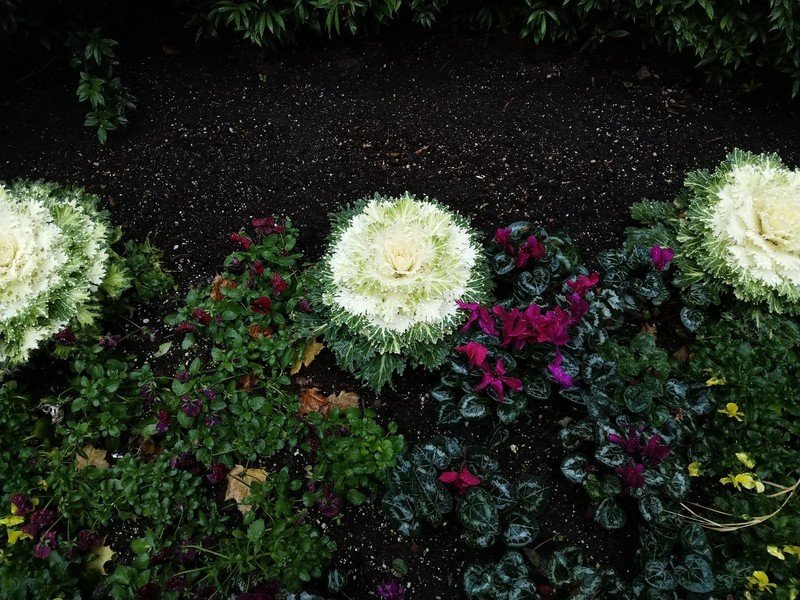

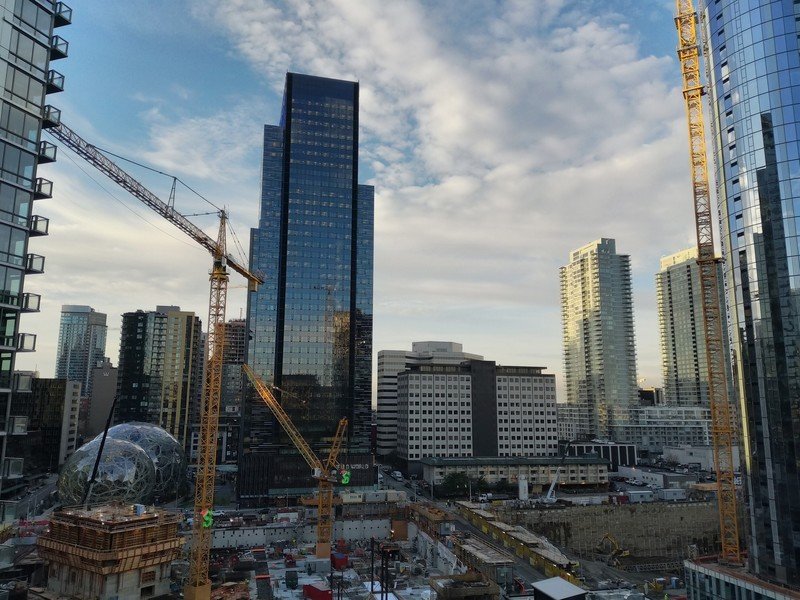
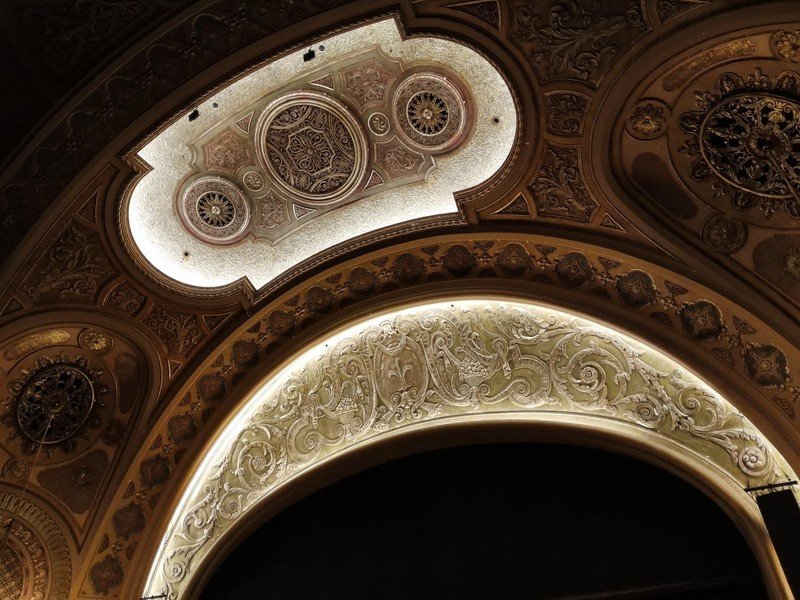



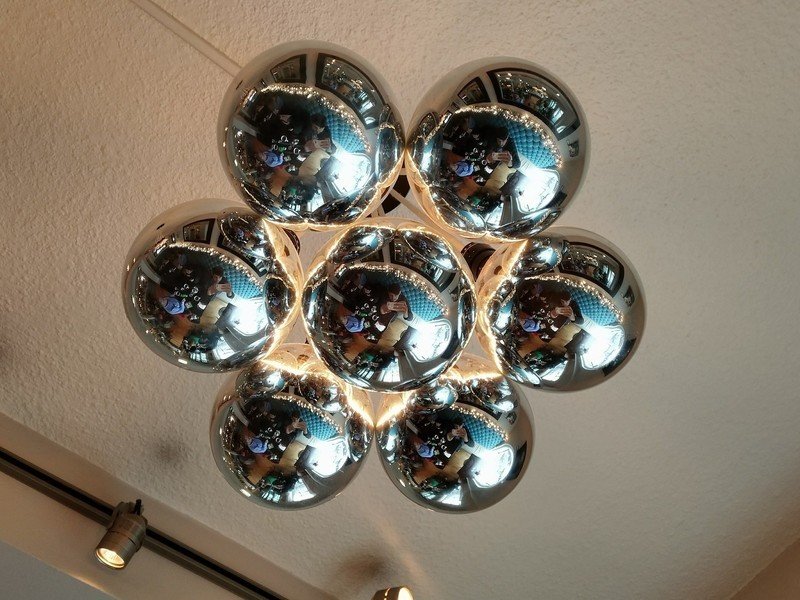

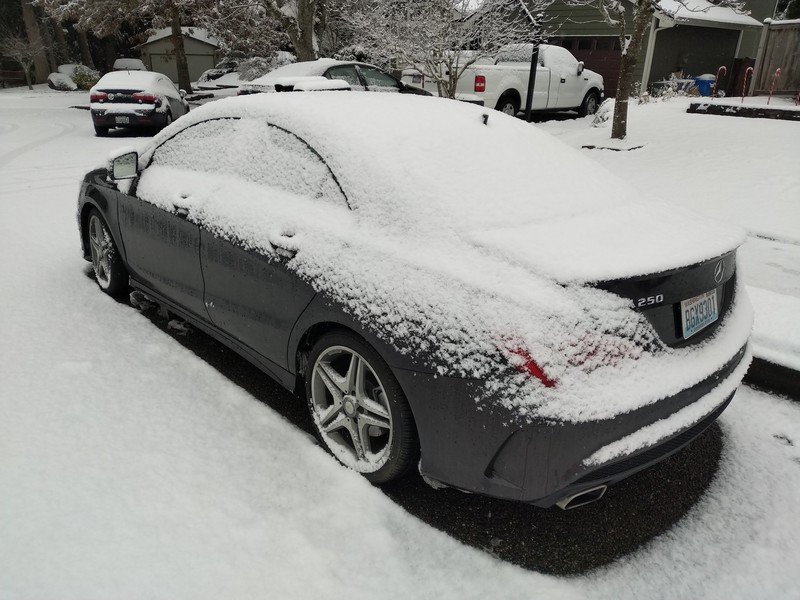
Camera quality has come a long way, but it still isn't great and the app is a train wreck.
Those are some good photos. Not fantastic or industry-leading, but good. But what you didn't see is the frustration and piles of bad shots required to get that handful of good ones. The camera app is slow and unstable and lacks basic features like viewfinder grid lines or any sort of customization or "pro" mode. HDR mode doesn't really seem to do anything but take photos slower, and toggling it on still inexplicably turns the flash to "auto" mode. The slow performance directly contributes to missing shots, and the fundamentals of a small sensor with no OIS mean you get grainy and blurry low-light shots regularly. The Essential Phone's camera is still so far from the competition.
Am I nitpicking on this performance and stability point? A little bit, but it's for good reason. Essential has a phone here that was originally on sale for $699. Even though the price has dropped, it still has an extremely capable set of internal specs. It has set high expectations for this phone to be a great, clean, smooth Android experience. And it isn't. Not in any way. And in a world where you can get a OnePlus 5T for the same price — not to mention a Motorola phone for $200 — that runs circles around it with better software, you have a problem. Four or five years ago, Android phones were slow and unstable like this. But not today.
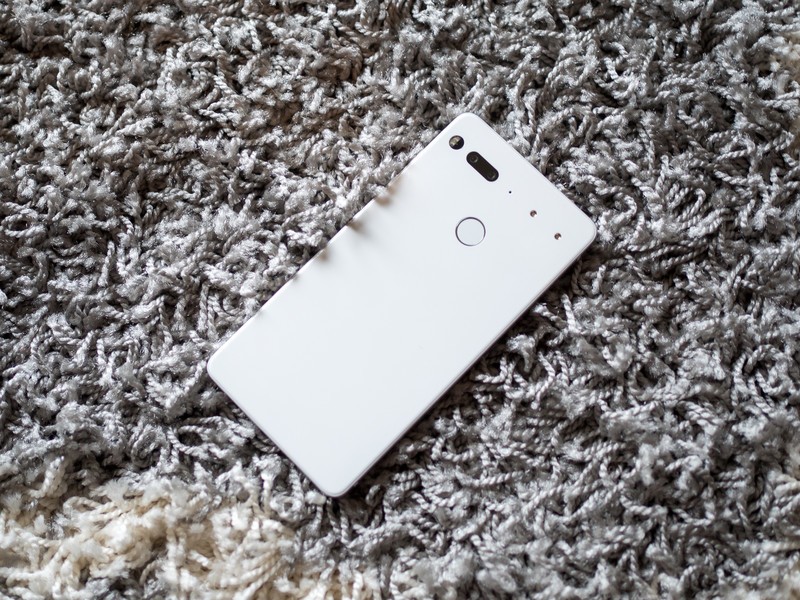
The sun is setting
Essential Phone Four months later
Months of hefty software updates have clearly improved the daily experience of using the Essential Phone. What used to be a phone that was near-impossible to consistently use is now one that's just ... mildly frustrating. And it's mildly frustrating at a lower price, which always helps. At the same time, its hardware stands up incredibly well against its new, cheaper competition — that ceramic and titanium body is perfectly crafted, unique and striking to hold. The internal specs are great for the end of 2017, it's very compact for its screen size and battery life is good.
It used to be a phone that was near-impossible to use but is now just ... mildly frustrating.
The fundamentals are all there. Truth be told, they were there from Day 1. But four months after I first reviewed the Essential Phone, there remains a severe lack of execution. You just can't get away with selling a high-end phone of any sort that has performance this bad, stability this unpredictable and core functionality that's just downright broken. It's exemplified by the camera, but apparent throughout the software experience that Essential is just behind the curve. The company has taken big strides in just the last couple of months, and behind the scenes has surely learned lots of lessons about optimizing an operating system. But as it turns out, this software is really hard to get right. Just as I wrote in my initial review, Essential still seems like it's one big step away.
I would love to see Essential persevere and actually release another phone next year as a follow-up to the original. Despite the Essential Phone clearly not being finished or refined to the point where it can truly compete, even at $499, I think it's time to go into maintenance mode with this device and move on to making sure the next one is truly great from the start. The sun is rapidly setting on the Essential Phone launch to the point where no amount of updates or good press can make this phone appealing or sell in the numbers required to make it a success. That window has closed, and it's time to build up to the next launch — hopefully with software, camera performance and an ecosystem that's worthy of the hype bestowed on the original.

Andrew was an Executive Editor, U.S. at Android Central between 2012 and 2020.
